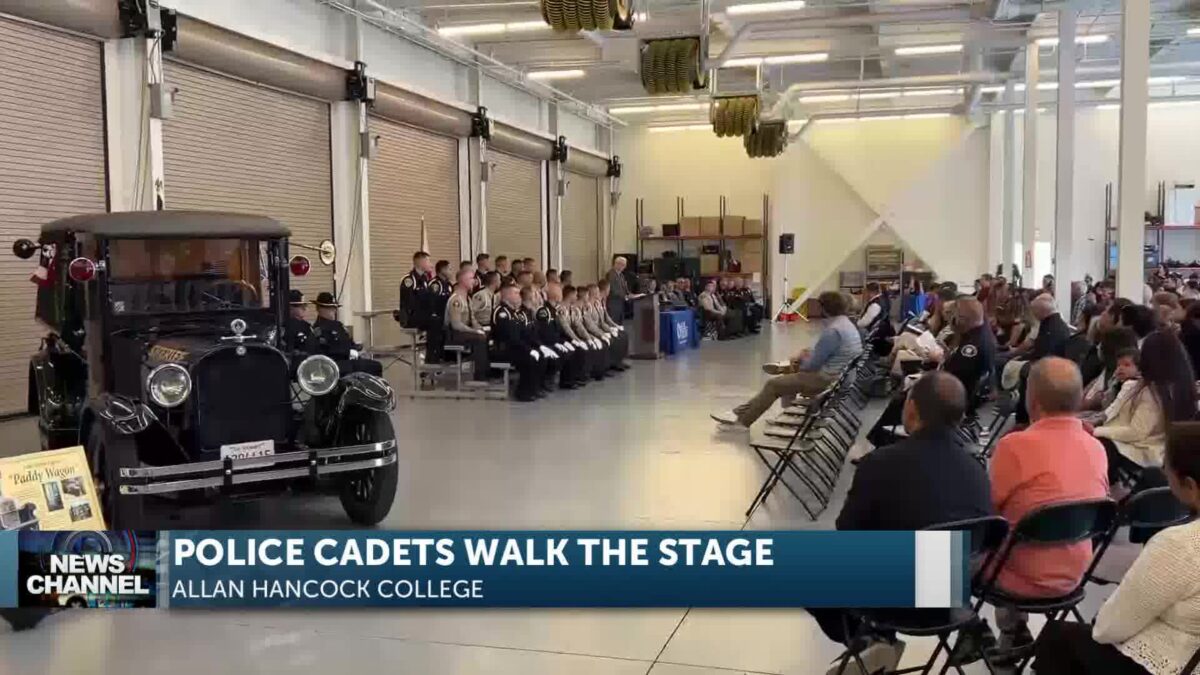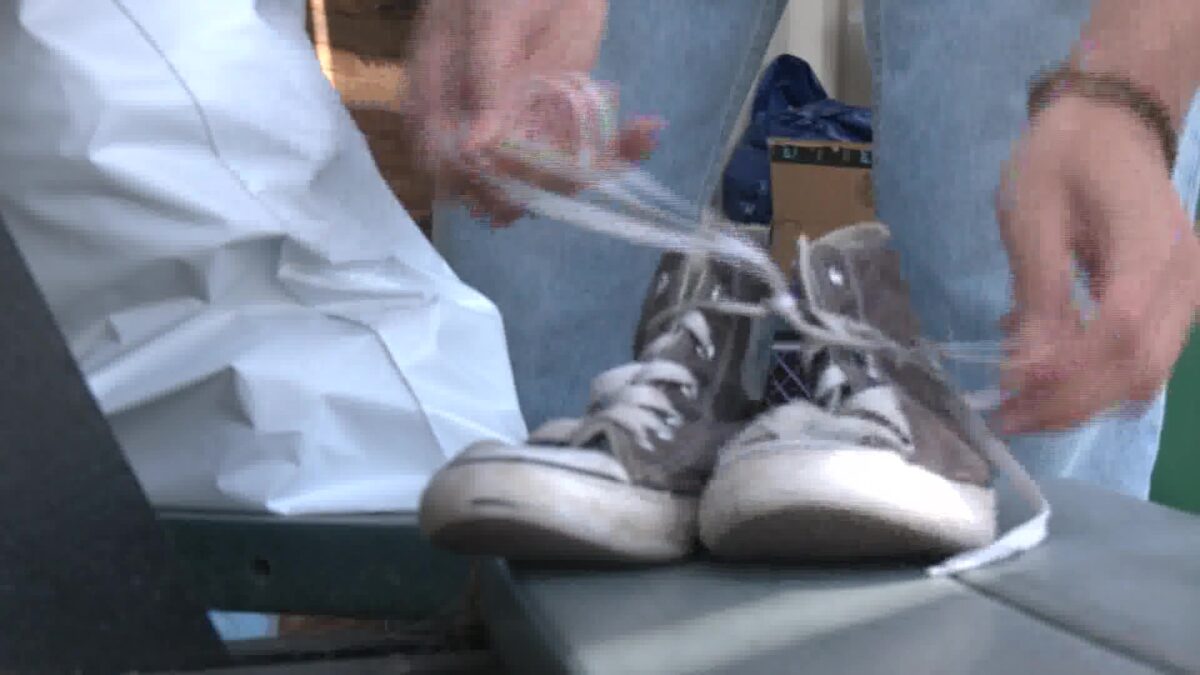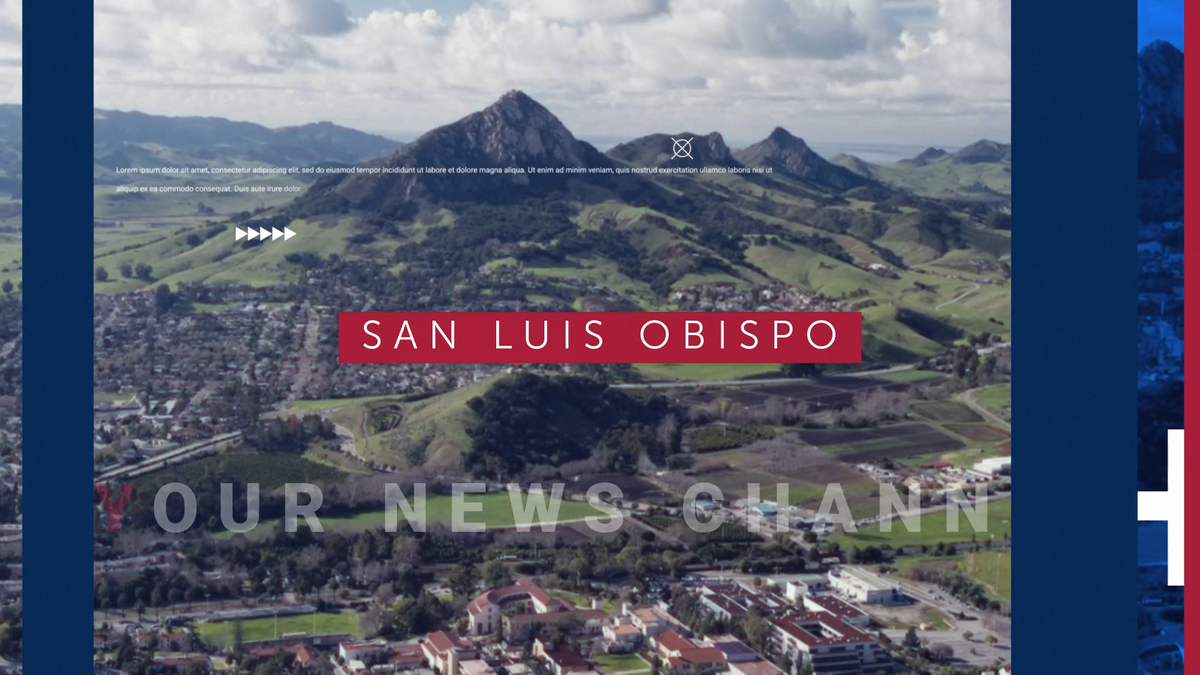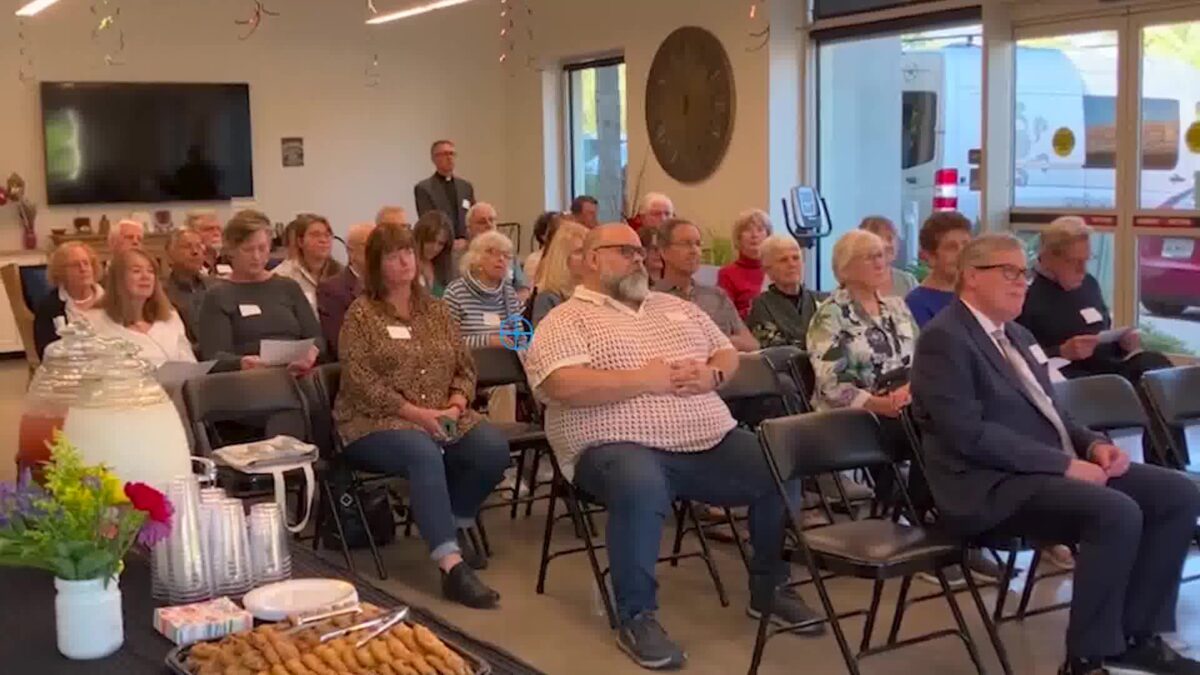Ryder Christ
SANTA BARBARA, Calif. — As the Earl Warren Showgrounds looks ahead to a 30-year master plan, it remains unclear whether that future includes the return of Old Spanish Days’ Fiesta Rodeo and Stock Horse Show.
A 67-year partnership between the two organizations officially ended this year, with both now planning separate rodeos during Fiesta weekend, Aug. 1–3, 2025.
The split marks a major shift in a long-standing Santa Barbara tradition, prompted by rising costs, logistical disputes, and contract challenges. Old Spanish Days has moved its signature rodeo to the Santa Ynez Valley Equestrian Center.
“It was a bit of a surprise,” said El Presidente Fritz Olenberger. “There’s been complaints by our committee chair of the rodeo over the years that it’s getting tougher and tougher to make a profit having this event at the Earl Warren Showgrounds.”
From 2017 to 2024, fees paid by Old Spanish Days to use the showgrounds rose more than 120%, according to financial records:
2017: $55,317.62
2018: $59,793.17
2019: $78,219.97
2020: No rodeo due to COVID-19
2021: $49,579.64
2022: $97,562.98
2023: $102,456.86
2024: $121,032.68
Old Spanish Days advocated for a flat-fee agreement to avoid unpredictable post-event invoicing, which it said left the event financially vulnerable.
Earl Warren Showgrounds CEO Ben Sprague said the increases were necessary to bring rates up to market level. “When I became CEO in 2019, the showgrounds were losing a quarter of a million dollars a year,” he said.
Sprague said he initially hoped to collaborate with Old Spanish Days before launching the showgrounds’ own event. “We actually approached them to do this with us… and then they decided… to not do that.”
In a letter to the showgrounds board, the Old Spanish Days board expressed frustration over being denied access to revenue generated by Fiesta attendees—such as parking, concessions, stabling, food and beverage, and RV fees—which they said could have supported the event’s viability.
“There’s a lot of parking there, and Earl Warren has fees for that, and they keep all of that,” Olenberger said. Sprague did not respond to questions about revenue sharing between the organizations.
The letter also cited contract delays that strained relationships with professional partners like the PRCA. Organizers reported “an adversarial environment” created by some staff, which they said negatively affected volunteers and committee members. Despite a $1.5 million investment from the equestrian community, Old Spanish Days described the facilities as “substandard.”
Sprague said that investment contributed to showground upgrades, including new fencing and the removal of three barns.
The separation comes as the showgrounds continues work on its 30-year master plan in partnership with consulting firm MKThink. The plan outlines three use zones—recreation, natural park, and flexible urban—across the 34-acre site.
Documents obtained by News Channel show the plan includes a proposed 6,000-seat arena. Sprague said the facility would “better serve the community, including rodeos.” When asked about a rumored soccer field, he said, “The arena will serve existing and new partnerships.”
Sprague also addressed concerns about parking, which is sometimes used to stage emergency response vehicles. He said Santa Barbara County’s Office of Emergency Management is involved in the planning process.
Despite the split, Sprague said Old Spanish Days is “welcome to return in the future” and emphasized that the showgrounds remains committed to rodeo programming and community events.
Olenberger, however, does not anticipate a reunion soon. “Right now, with the people on our board, I don’t think it’s going to come back,” he said.
In its letter, Old Spanish Days was unequivocal: “We cannot and will not lend the Old Spanish Days name or reputation to an event we do not produce, oversee, and stand behind with full confidence.”
In the meantime, Fiesta Rodeo Committee Chair Josiah Jenkins secured a deal to host the official Old Spanish Days Rodeo at the Santa Ynez Valley Equestrian Center. The event will run Friday through Sunday, with all rodeo performances free to the public. A ticketed barbecue and dance is scheduled for Saturday night.
That same weekend, the Earl Warren Showgrounds will host Santa Barbara Rodeo Days, featuring three PRCA-sanctioned performances, including bull riding, saddle bronc riding, barrel racing, steer wrestling, tie-down roping, and mutton busting for kids. A Fiesta-themed carnival with free admission will include rides, food vendors, live entertainment, and a mercado.
A public meeting originally scheduled for June 12 to discuss the master plan was canceled due to a lack of quorum. A new date is expected to be announced next month.
Click here to follow the original article.
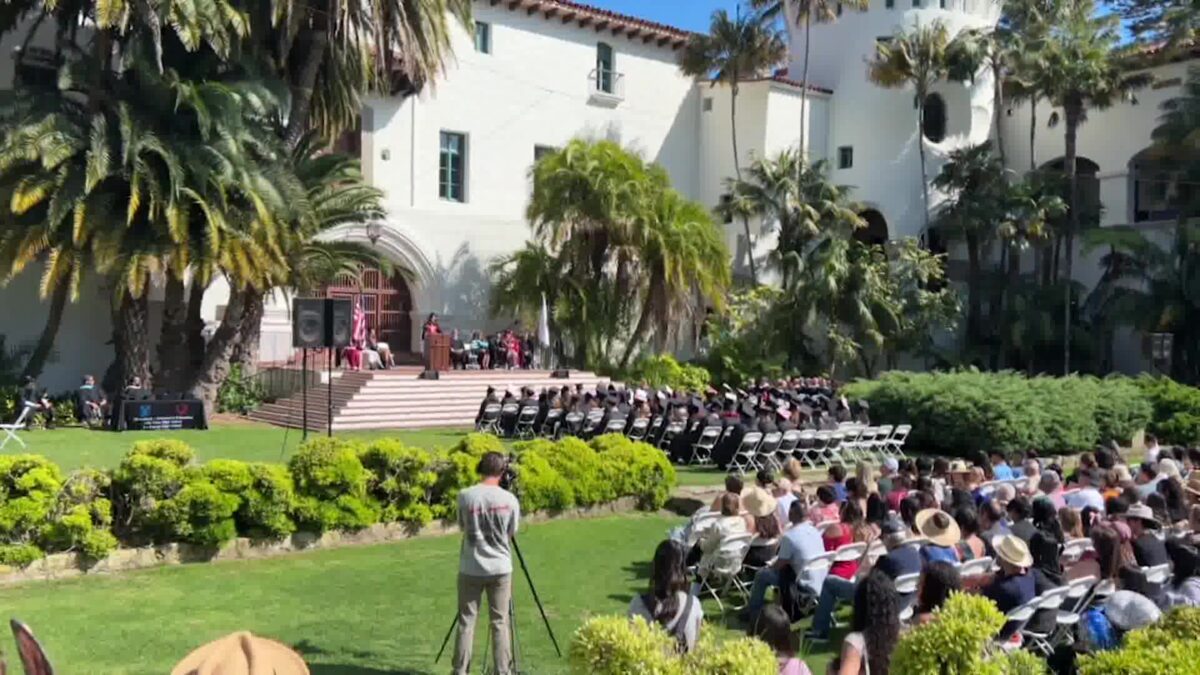
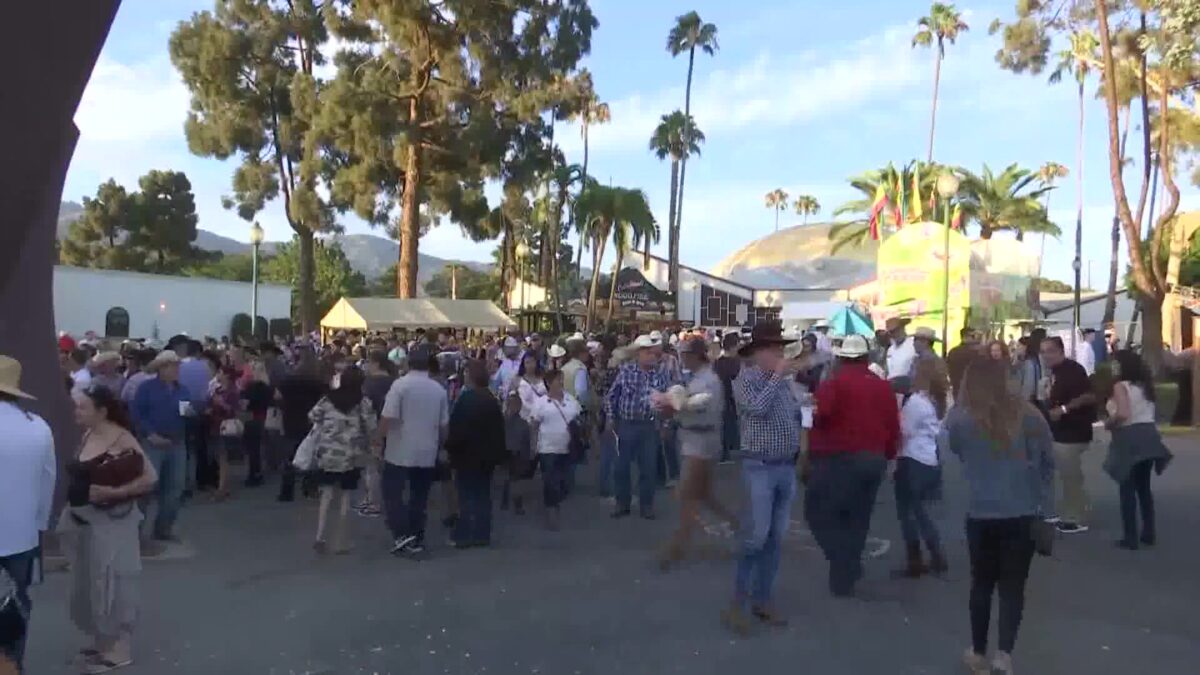
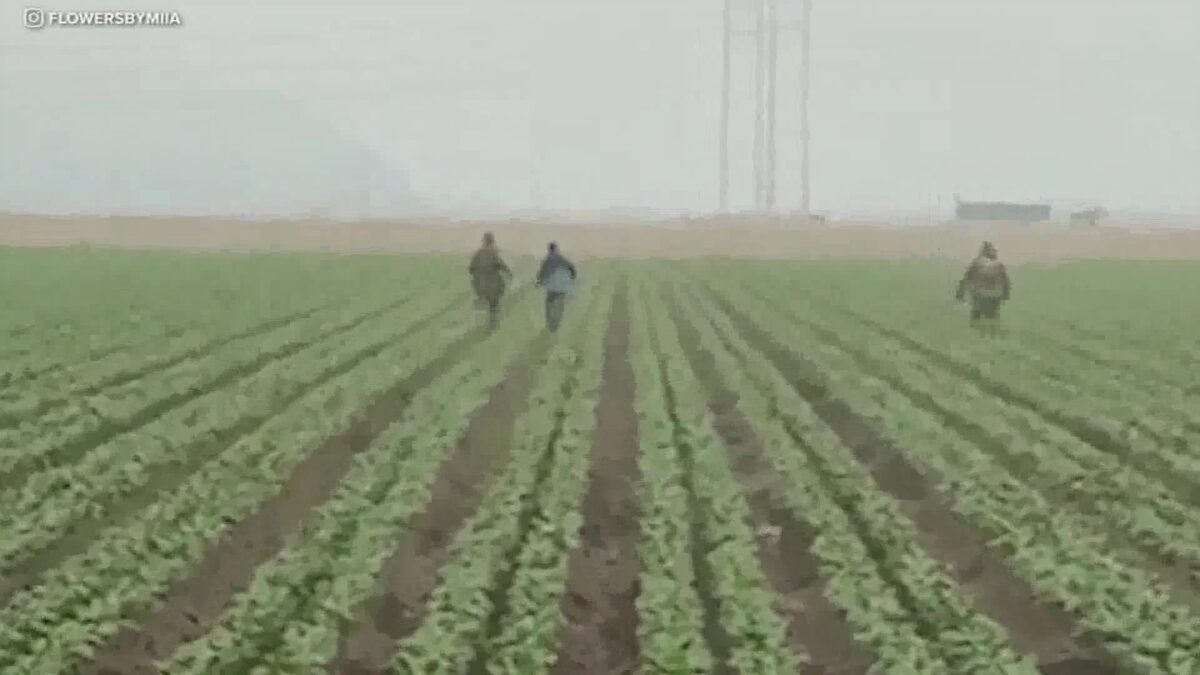
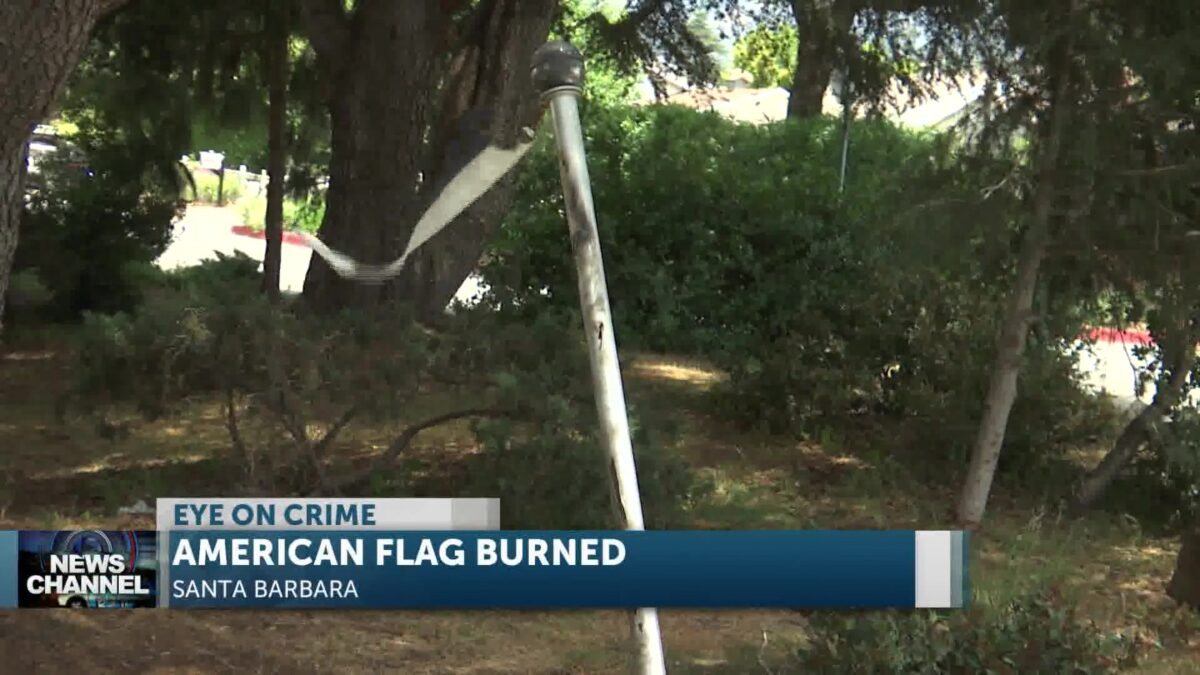
 Russ Lazarenko
Russ Lazarenko Russ Lazarenko
Russ Lazarenko